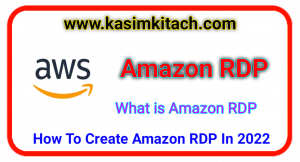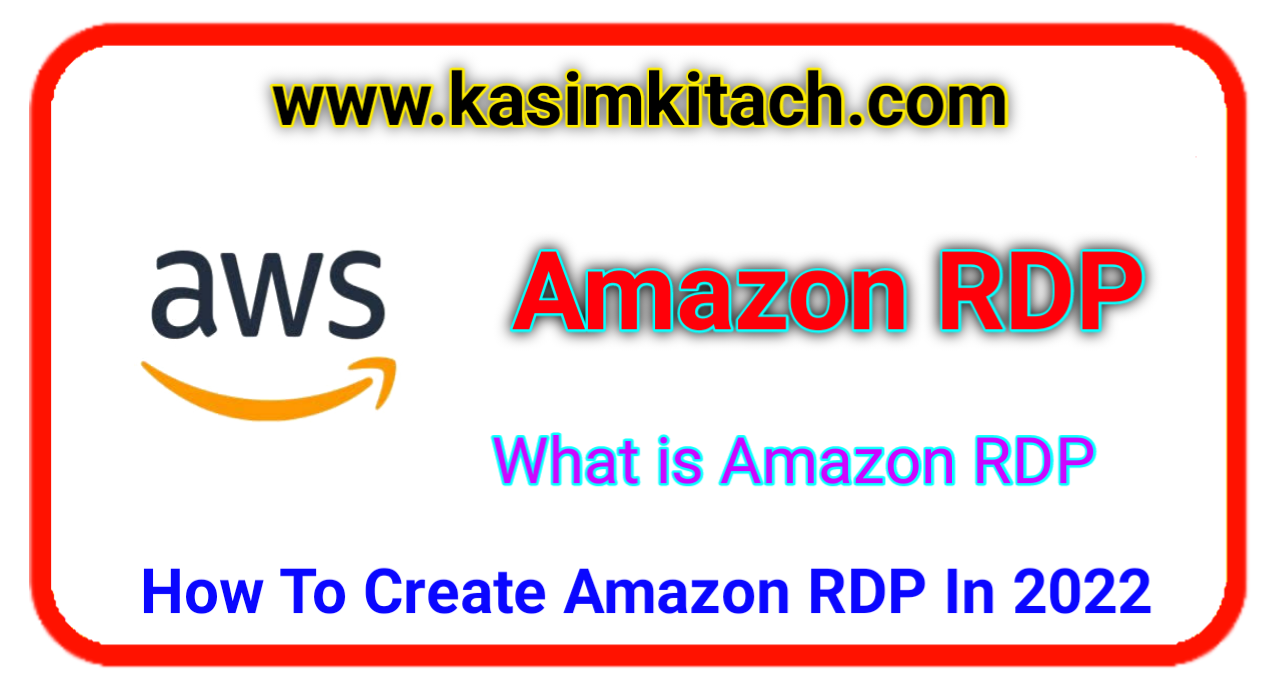How To Create Amazon RDP In 2022:- Amazon Relational Database Service (Amazon RDS) is a web service that makes it easy to set up, operate, and scale a relational database in the cloud. Amazon RDS is built on top of MySQL, Oracle, PostgreSQL, and Microsoft SQL Server, so you can choose the database that best suits your needs. Amazon RDS provides you with six different database instances to choose from, so you can get started quickly and easily. You simply need to create an Amazon RDS DB instance, configure your database, and start using it. In this post, we’ll show you how to use Amazon RDS for your own applications.

How To Create Amazon RDP In 2022
What is Amazon RDS?
Amazon RDS, or Amazon Relational Database Service, is a web service offered by Amazon.com that allows you to create, manage, and scale a relational database in the cloud. Amazon RDS is a scalable and secure database service that makes it easy to set up, operate, and scale your applications. Amazon RDS gives you complete control over your database instances, including the ability to back up your data, place orders for new database instances, and attach storage devices. You can use Amazon RDS to store data from your applications, or you can use Amazon RDS as a data source for your reporting and analytics applications. How To Create Amazon RDP In 2022
How to set up Amazon RDS?
Amazon Relational Database Service, or Amazon RDS, is a web service that enables you to set up, operate, and scale a relational database in the cloud. Amazon RDS provides you with six familiar database engines to choose from, including Amazon Aurora, PostgreSQL, MySQL, MariaDB, Oracle, and Microsoft SQL Server. You can use Amazon RDS to create a new database instance, or migrate an existing database instance from on-premises to the cloud. In addition to managing your database resources, Amazon RDS also takes care of all the software setup and maintenance. You can use Amazon RDS to run your applications on a scalable platform and increase your compute capacity without needing to worry about the underlying infrastructure. Click here
How to use Amazon RDS?
Amazon Relational Database Service (RDS) is a web service that makes it easy to set up, operate, and scale a relational database in the cloud. You can use Amazon RDS to launch a DB instance, configure security and networking, and manage storage. You can also use Amazon RDS to monitor your database, back up your data, and restore your data. Amazon RDS is designed to make it easy for you to manage your database infrastructure, so you can focus on your applications and business. Amazon RDS is available in the US East (N. Virginia), US East (Ohio), US West (N. California), US West (Oregon), Europe (Ireland), Asia Pacific (Tokyo), Asia Pacific (Singapore), and South America (Sao Paulo) regions. You can use Amazon RDS to launch instances of Microsoft SQL Server, PostgreSQL, MySQL, MariaDB, Oracle Database, and Amazon Aurora.
Red business info :- Click here
Red more :- Get a Virtual Credit Card | Get a Virtual Credit Card Free
What are the benefits of Amazon RDS?
Amazon RDS can help you focus on your business by automating time-consuming database tasks such as backups, security, scaling, and replication. Amazon RDS also makes it easy to set up, manage, and monitor your databases. You can use Amazon RDS to store data from your applications and websites, making it easier to get information quickly and efficiently. This can save you time so you can focus on other areas of your business. Additionally, Amazon RDS allows you to use MySQL, MariaDB, PostgreSQL, Oracle, Microsoft SQL Server, or Amazon Aurora databases.
How to choose the right AMazon RDS instance?
Amazon RDS is a web service that lets you run SQL Server databases in the cloud. It provides cost-effective and scalable options for hosting your databases. You can use Amazon RDS to launch single instances or Multi-Instance clusters of SQL Server db instances. You can also create Read Replicas of your db instances to increase performance and availability. When choosing an Amazon RDS instance, it’s important to consider the following factors: compute power, storage, database features, and networking. You can also choose between several instance types optimized for different applications. For example, the t2.micro instance type is perfect for development and testing, while the r3.2xlarge instance type is geared for high-traffic applications. How To Create Amazon RDP In 2022
Conclusion:
Amazon Relational Database Service (RDS) is a web service that makes it easy to set up, operate, and scale a relational database in the cloud. Amazon RDS is available on several Amazon Web Services (AWS) platforms, such as Amazon Elastic Compute Cloud (EC2), AWS GovCloud (US), and Amazon Virtual Private Cloud (VPC). Amazon RDS provides you with six months of free usage of a t2.micro instance. To get started with Amazon RDS, you can use the following tutorials:
